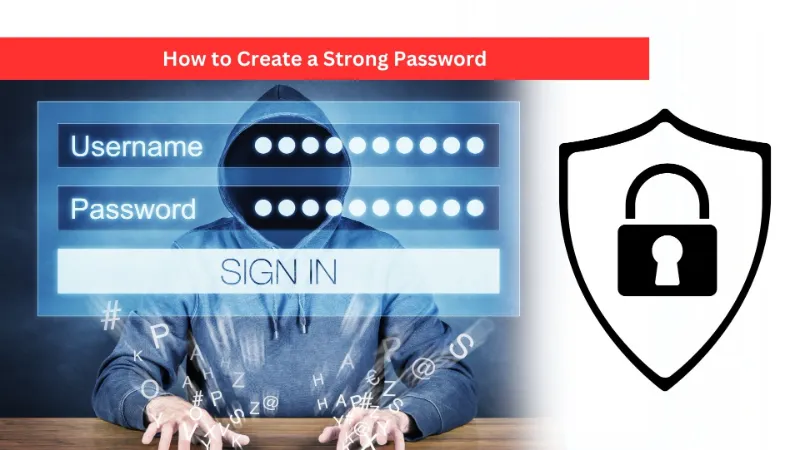In an increasingly digital world, the importance of having strong and secure passwords cannot be overstated. Your passwords are the gatekeepers to your online life, safeguarding your sensitive information from prying eyes. Unfortunately, many people still use weak or easily guessable passwords, putting their accounts and personal data at risk. In this guide, we’ll discuss the principles and strategies for creating strong passwords that enhance your online security.
Why Strong Passwords Matter
Before diving into creating strong passwords, it’s essential to understand why they are crucial. Strong passwords:
- Protect Your Data: A strong password is a significant barrier between your personal information and potential cybercriminals.
- Prevent Unauthorized Access: A robust password makes it more challenging for unauthorized users to access your accounts.
- Enhance Online Security: Strong passwords are an essential component of online security, preventing unauthorized access to your email, social media, financial, and other critical accounts.
- Minimize the Risk of Data Breaches: Strong passwords help minimize the impact of data breaches, as they are less likely to be cracked or guessed.
Also Read: Easy methods to Recuperate Forgotten Passwords
Tips for Creating Strong Passwords
Now, let’s explore some tips and best practices for creating strong passwords:
1. Use Complex Combinations:
Strong passwords are typically long and contain a mix of characters, including uppercase and lowercase letters, numbers, and special symbols (e.g., !, @, #, $, %).
2. Avoid Dictionary Words:
Avoid using common words, phrases, or easily discoverable information (such as your name, birthdate, or “password”) in your passwords.
3. Don’t Use Personal Information:
Refrain from including personal information like your name, address, or family members’ names in your passwords.
4. Create Unique Passwords:
Avoid using the same password for multiple accounts. If one password is compromised, it could potentially put all your accounts at risk.
5. Passphrases:
Consider using passphrases, which are longer combinations of random words or a combination of words that have personal significance. For example, “BlueSky$Over#Mountains!”
6. Avoid Obvious Sequences:
Steer clear of common sequences or easily guessed patterns, such as “123456,” “qwerty,” or “abc123.”
7. Use a Password Manager:
A password manager can generate and store complex, unique passwords for each of your accounts, making it easy to maintain strong password security.
8. Regularly Update Passwords:
Change your passwords periodically, especially for important accounts. This can help mitigate the risk if a password is compromised.
9. Enable Two-Factor Authentication (2FA):
Whenever possible, enable 2FA for your accounts. This adds an extra layer of security and protects your accounts even if your password is compromised.
Also Read: Methods to Scale back Blue Mild on Your Display
Examples of Strong Passwords
Here are a few examples of strong passwords:
- K9$BuDD!L3$&C@tz
- Tr!p0D#M0n$00nBe@m
- 5t@Rw0r$F!n1sh%
- Pr3v3nt!ngCyb3rThreat$
- P@ssw0rd$@r3My$h!eld
Remember, the longer and more complex your password, the stronger it is. While these examples may seem complicated, they are designed to provide robust security. Using a password manager to generate and store these passwords can make the process much more manageable.
Conclusion
Creating strong passwords is an essential step in protecting your online presence and personal data. By following the tips and best practices outlined in this guide, you can fortify your accounts against unauthorized access and minimize the risk of data breaches. Take the time to secure your digital life with strong passwords, and consider using a password manager to help you maintain robust security across all your accounts. Your online safety is worth the effort.
